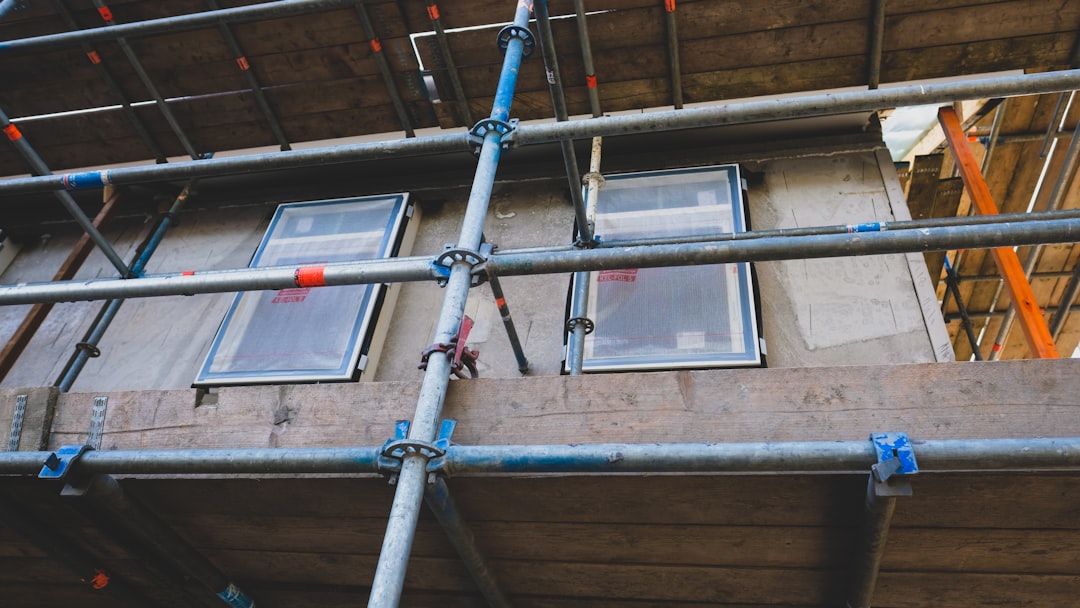
Exterior soffit electrical outlets are essential for providing power where it's needed most, such as for holiday lights, pressure washers, or security cameras. Installing these outlets during construction or remodeling enhances curb appeal and reduces hazards from extension cords. For construction professionals, accurate pricing is crucial. Current costs for installing an exterior soffit electrical outlet range from $150 to $300 per outlet, depending on materials and labor rates.
• Seamless holiday lighting with no dangling cords
• Convenient access for power tools
• Discreet power source for cameras and smart lighting
• Increased property value through code-compliant upgrades
The National Electrical Code (NEC) mandates weather-resistant receptacles and in-use covers for exterior outlets. Proper planning ensures compliance and efficiency. Considerations include:
• Conductor sizing and GFCI protection
• Real-time pricing for WR-TR receptacles and covers
• Labor hours for different building heights
• Permit fee allowances based on jurisdiction
• 20-amp WR-TR duplex receptacle
• Low-profile in-use weatherproof cover
• Schedule 40 PVC or EMT conduit
• 12-gauge THHN copper conductors
• Stainless or coated hardware
• Spray foam or silicone sealant
1. Identify a power source or run a dedicated 20-amp line.
2. Drill a chase through the top plate into the attic and pull conductors.
3. Fasten a weatherproof outlet box flush with the soffit surface.
4. Terminate conductors: hot to brass, neutral to silver, ground to green screw.
5. Install WR-TR receptacle and cover.
6. Seal box perimeter with approved sealant.
7. Energize circuit, test GFCI protection, and record results.
• Position outlets at 90-degree eave corners.
• Match receptacle color to soffit paint.
• Use stainless screws to prevent rust.
• Label breaker “Soffit Outlets.”
• Photograph rough-in before insulation.
Traditional takeoffs are time-consuming. Modern tools streamline the process with AI and blueprint scans. Benefits include:
• Detecting eave lengths and calculating conductor runs
• Suggesting optimal breaker slots
• Flagging GFCI requirements
• Updating unit costs daily
• Generating branded proposals
• Undersized boxes: Use 18-cu-in enclosures.
• Missing drip loops: Ensure cord openings face downward.
• Overloaded circuits: Calculate loads accurately.
• Permit oversights: Follow jurisdictional rules.
In a recent project, soffit outlets were installed every 25 feet for holiday displays. The process was efficient, and the inspection passed on the first attempt.

Integrating a strategic network of soffit outlets enhances functionality. Recommended spacing is every 20-25 feet to manage electrical loads effectively.
1. Map decorations or device wattage.
2. Assign alternate outlets to separate breakers.
3. Verify total amperage draw does not exceed 80% of circuit rating.
• Upgrade to Wi-Fi-enabled WR receptacles.
• Install a photo-cell timer for automation.
• Ensure components are included in material lists.
Specify UV-stable covers and gasketed stainless boxes for coastal or high-UV zones to extend outlet life.
• AI-driven estimates reduce pre-construction time.
• Live pricing locks in margins.
• Voice-controlled change orders keep teams synced.
• Digital close-out packages store essential documents.